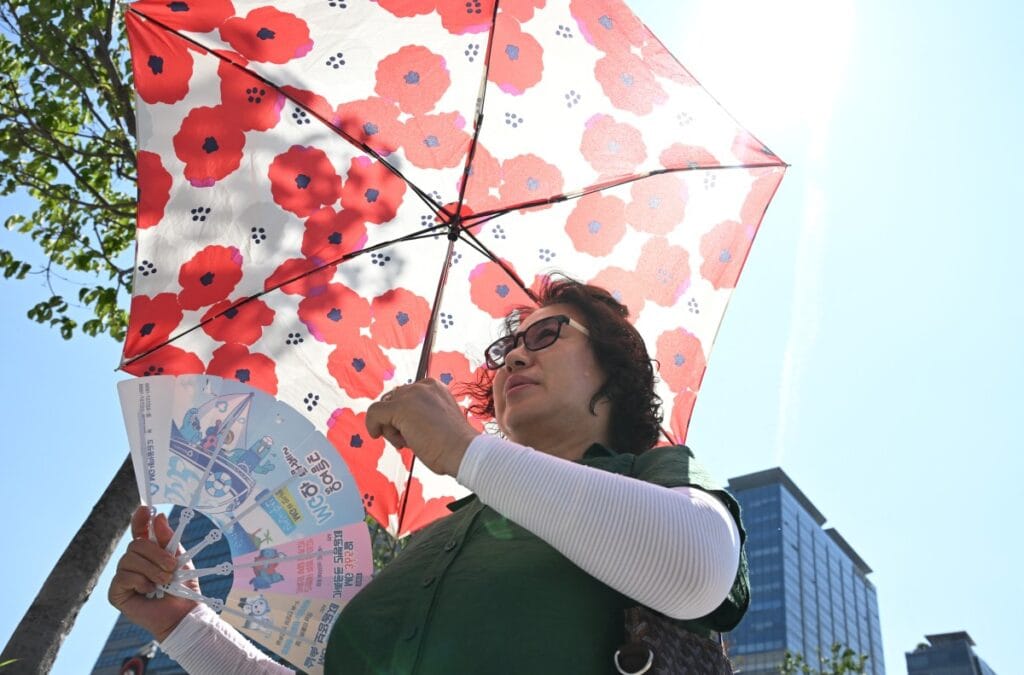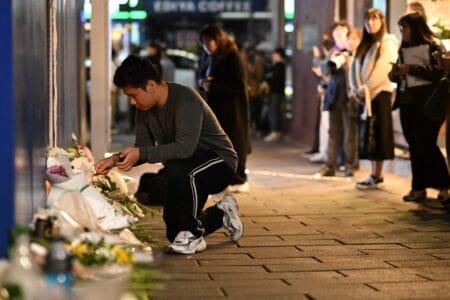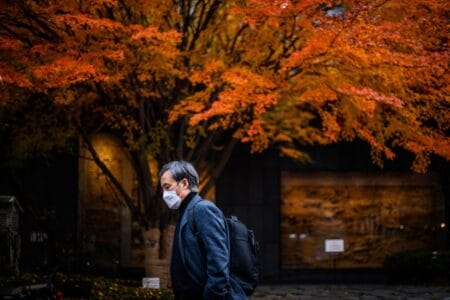July 15, 2025
SEOUL – The number of mosquitoes in Seoul has more than halved over the past decade, with experts pointing to extreme heat and a shortened monsoon season as key factors behind the sharp decline in mosquito activity.
According to statistics provided by the Seoul Metropolitan Government, up to 62,351 mosquitoes were collected through monitoring in June.
The city government noted that this was a 56 percent decrease compared to its data from 2015, as the city saw up to 139,928 mosquitoes in the same month. The recent figure is also lower than the mosquito count observed at the same time in 2024, which saw 68,462 mosquitoes.
Between June 17 and 19 — when high temperatures hovered near 37 degrees Celsius in the capital city — mosquito monitoring devices set up at 55 sites collected 6,233 mosquitoes, roughly averaging 2,000 mosquitoes per day.
According to the city government, this is a 20 percent decrease compared to the same three-day period last year, which saw a daily average of up to 2,590.
The decrease in mosquito numbers has been attributed to cutting-edge pest control technology.
For example, in districts such as Gangnam-gu in southern Seoul and Nowon-gu in northern Seoul, drones have been used to spray insecticide in areas inaccessible to vehicles, such as parks. LED traps that attract insects, mosquito traps, as well as automatic repellent dispensers, have also been installed across Seoul to manage the summer pests.
Besides advanced pest control strategies, experts say the biggest factor behind the decline is the sweltering heat.
Seoul has consistently reported record-high summer temperatures in recent years, with each year surpassing temperature records set in the previous year.
“With high temperatures during the day hovering close to 37 C and tropical nights being consistently observed in Seoul, mosquitoes are finding it difficult to survive,” professor Park Hyeon-cheol from Pusan National University’s Department of Life Science and Environmental Biochemistry told The Korea Herald.
“Mosquitoes are normally active in temperatures ranging between 25 C to 28 C, and once such temperatures exceed 32 C, their survival becomes unlikely.”
Park added that fewer mosquitoes may be observed during this summer in particular, as the monsoon season was noted to be particularly “dry.”
The monsoon season has not been officially declared over in Seoul. However, according to the Korea Meteorological Administration, on Jeju Island and in the southern parts of the country, it lasted just 15 days and 13 days, respectively. This is less than half the duration recorded a decade ago, when monsoon seasons lasted for 30 days on Jeju Island and 36 days in the south.
“The lack of steady rainfall limits the formation of puddles, which are breeding grounds for mosquitoes,” said Park. “And even when it does rain, Korea also often sees sudden, intense downpours, which wash away mosquito eggs and larvae before they have a chance to hatch and develop.”
While the number of mosquitoes may decline during the summer season, higher mosquito numbers could be seen in the fall.
“A decline in mosquito numbers may be observed in the summer due to high temperatures,” Park explained. “However, as temperatures get relatively cooler, mosquito populations may rise from beginning to mid-September, with some continuing to be active into early winter.”







